Olea europaea, commonly known as the Olive Tree, is an iconic and long-lived evergreen tree cherished for its valuable fruit and attractive, silvery-green foliage. This Olive Tree adds a touch of Mediterranean charm to gardens and landscapes.
The standout feature of Olea europaea is its iconic, silver-gray leaves and its ability to produce small, fragrant white blossoms in spring, followed by the development of olives later in the year. The olives are not only appreciated for culinary purposes but also for their ornamental value.
Olive Trees are generally slow to moderate growers and are known for their longevity, making them a lasting addition to outdoor spaces. They thrive in full sun and prefer well-draining soil with a slightly acidic to alkaline pH.
This standard form Olive Tree is an excellent choice for those looking to incorporate a piece of Mediterranean flair into their garden or landscape design. Whether grown for its fruit, as an ornamental tree, or both, the Olive Tree is a symbol of peace, beauty, and longevity.
Light 🌞
The Olive Tree needs ample direct sunlight to thrive and produce fruit — ideally at least six hours a day or more of direct sunlight. Generally speaking, it is best if olive trees are placed outdoor.Refrain from placing in low light or medium light areas.
Water
Check moisture of topsoil weekly and give plant four cups of water when top two inches of soil are dry to the touch. Avoid overwatering and too much damp soil to prevent root-rot. Occasionally mist your Olive Tree to increase the humid climate. Prevent the soil from drying out.
-
Fertilizing: fertilize your tree twice monthly during the warmer months including spring, summer and fall with a balanced slow-release fertilizer. During these months, your Olive Tree may need to be watered more frequently.
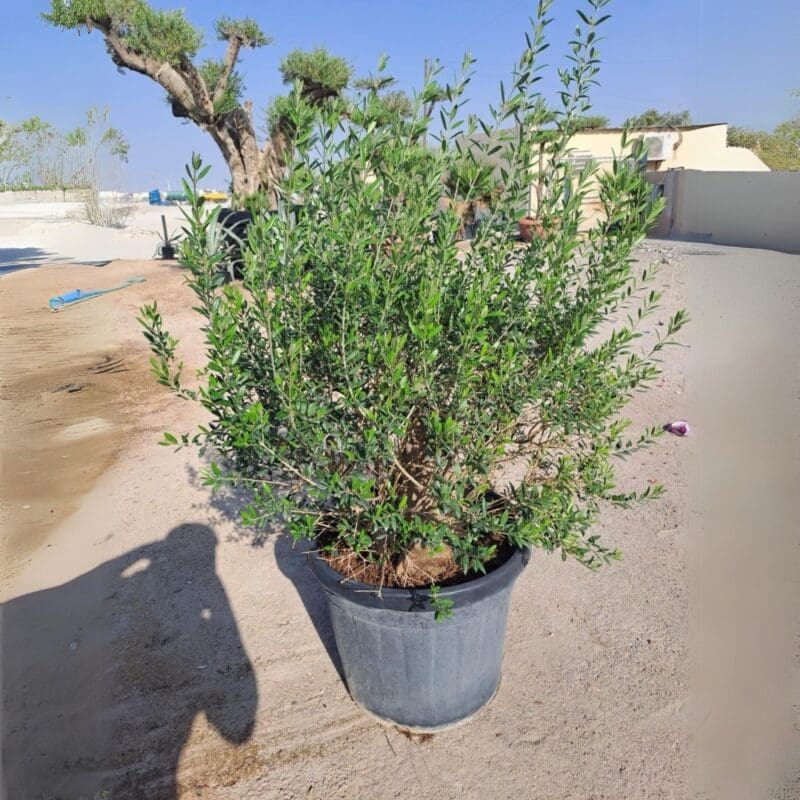
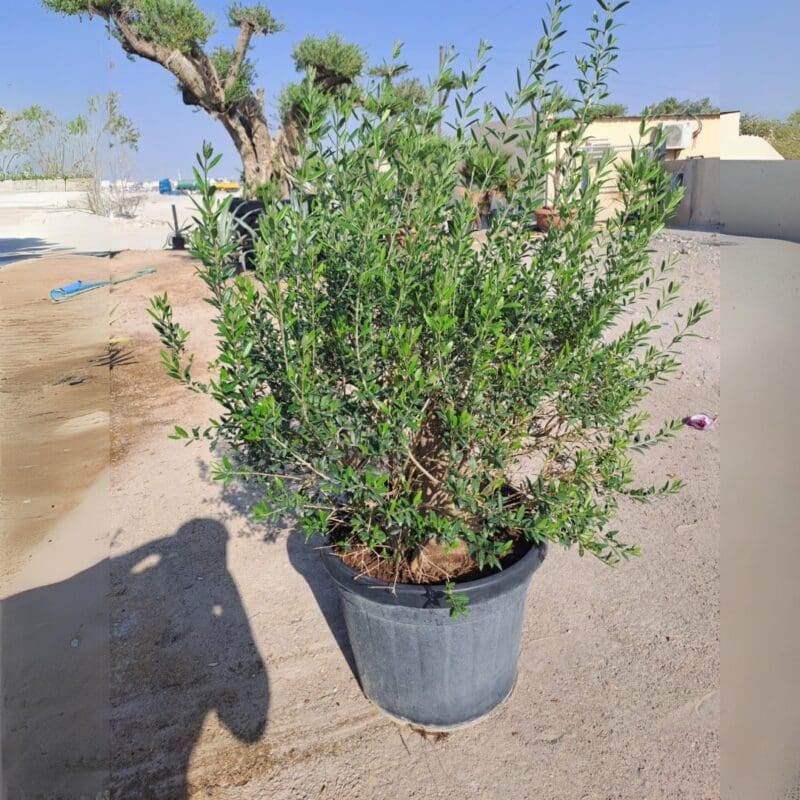
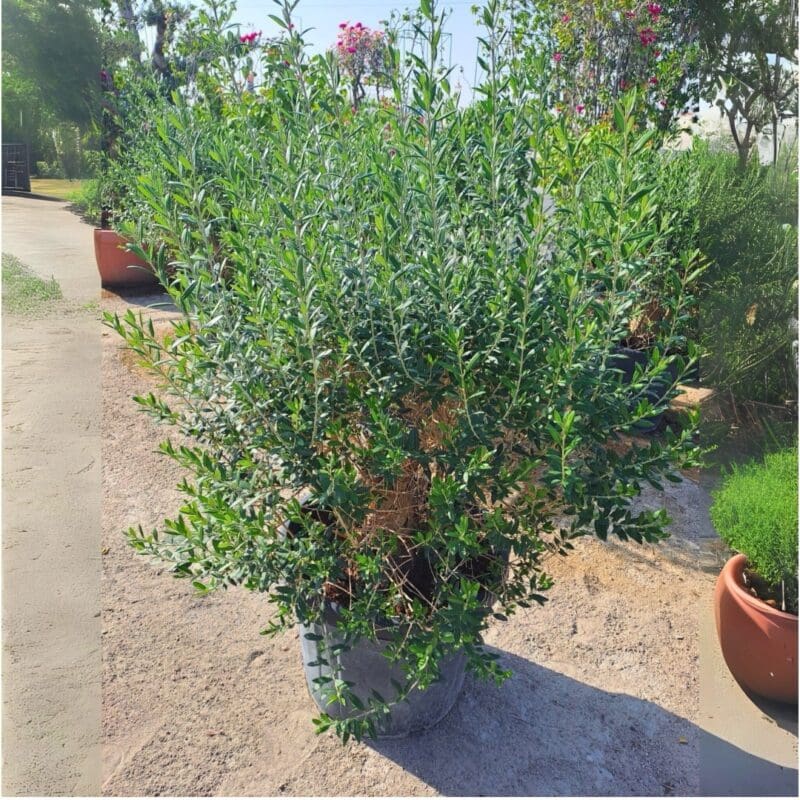


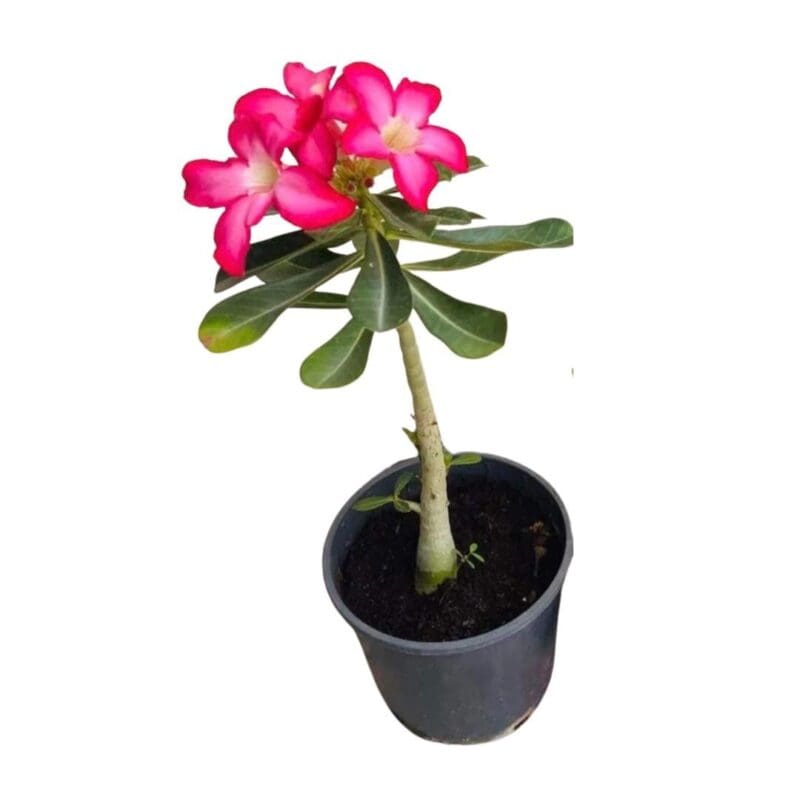
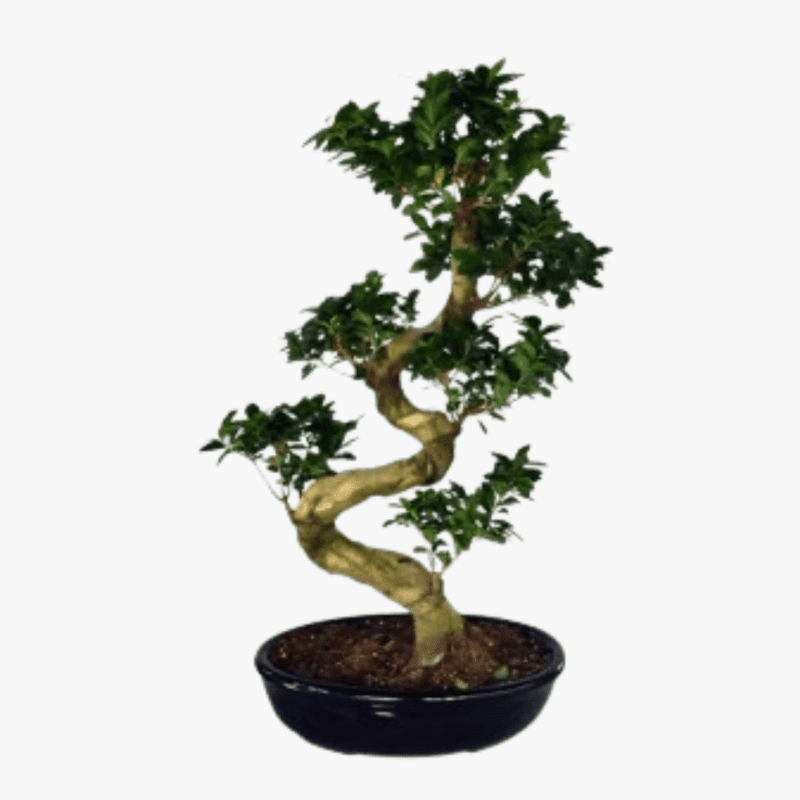
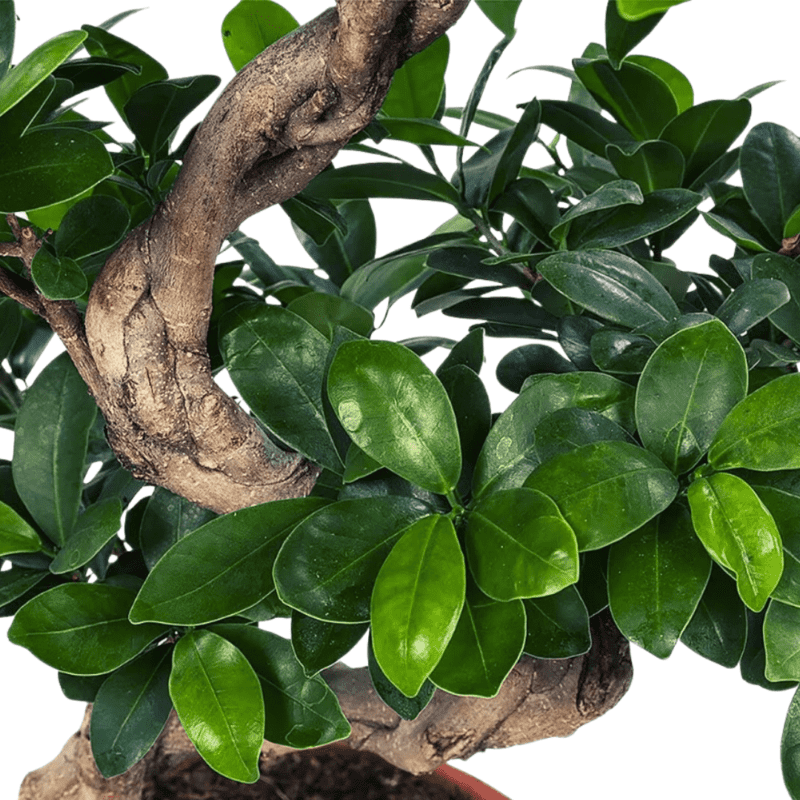
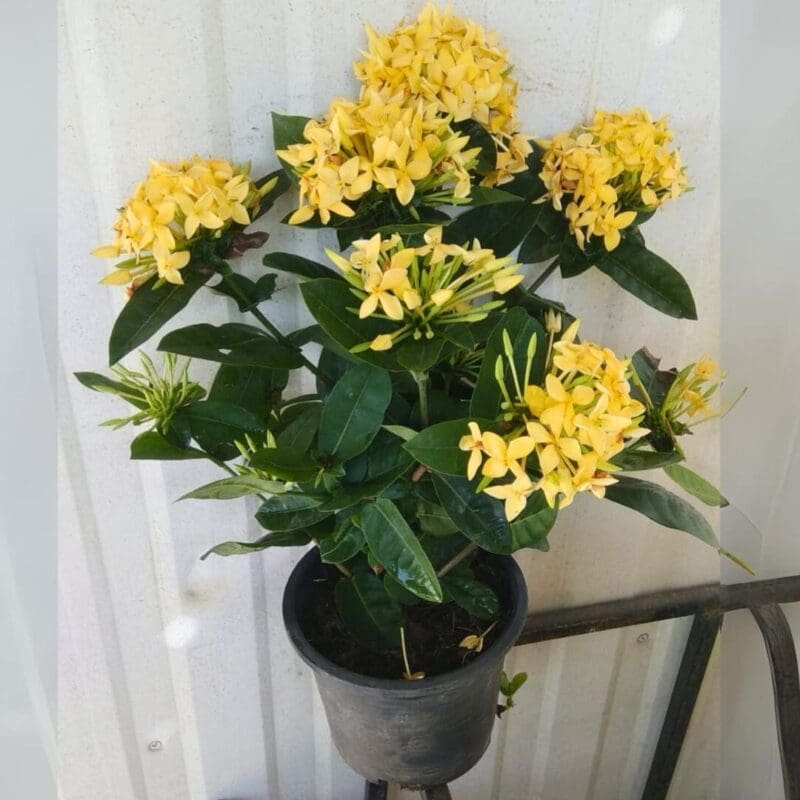

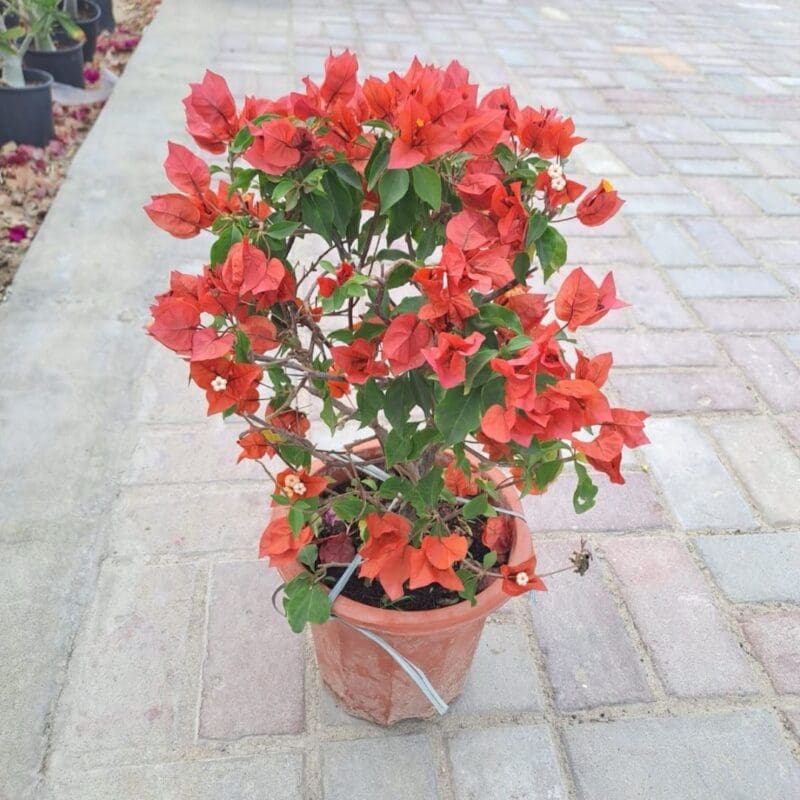


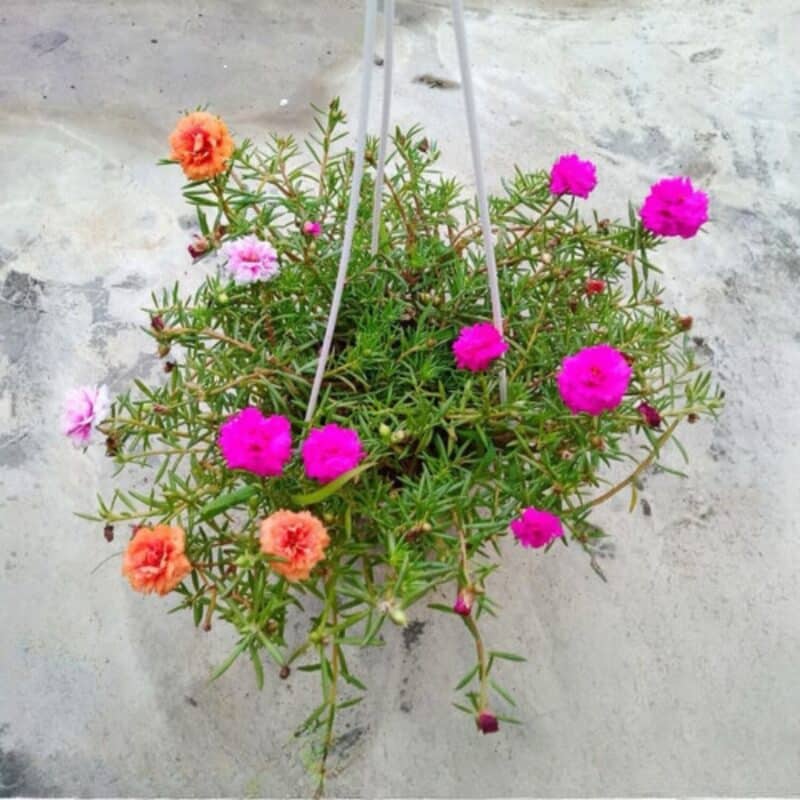
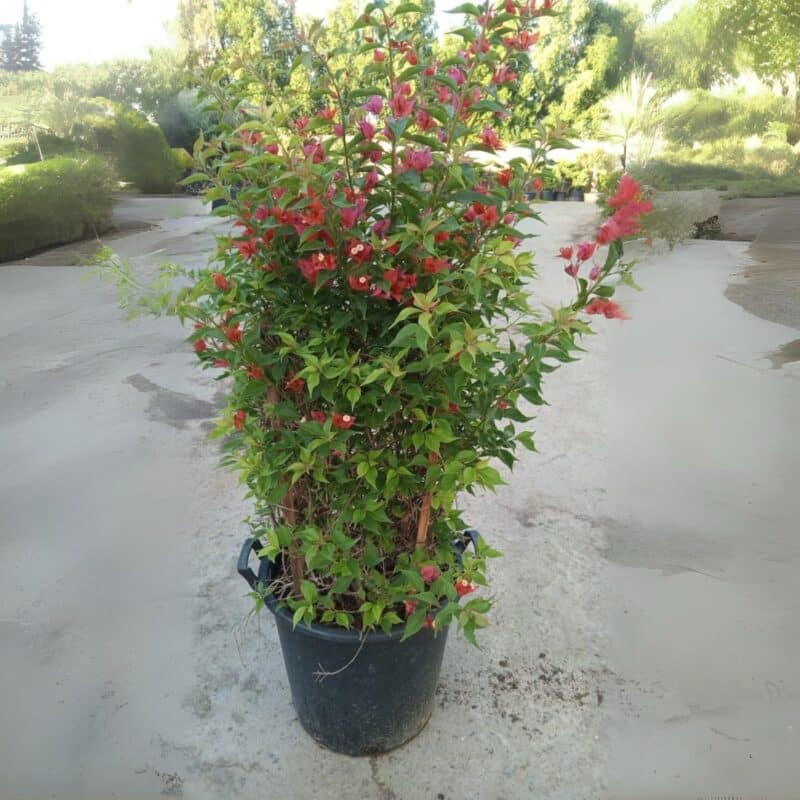
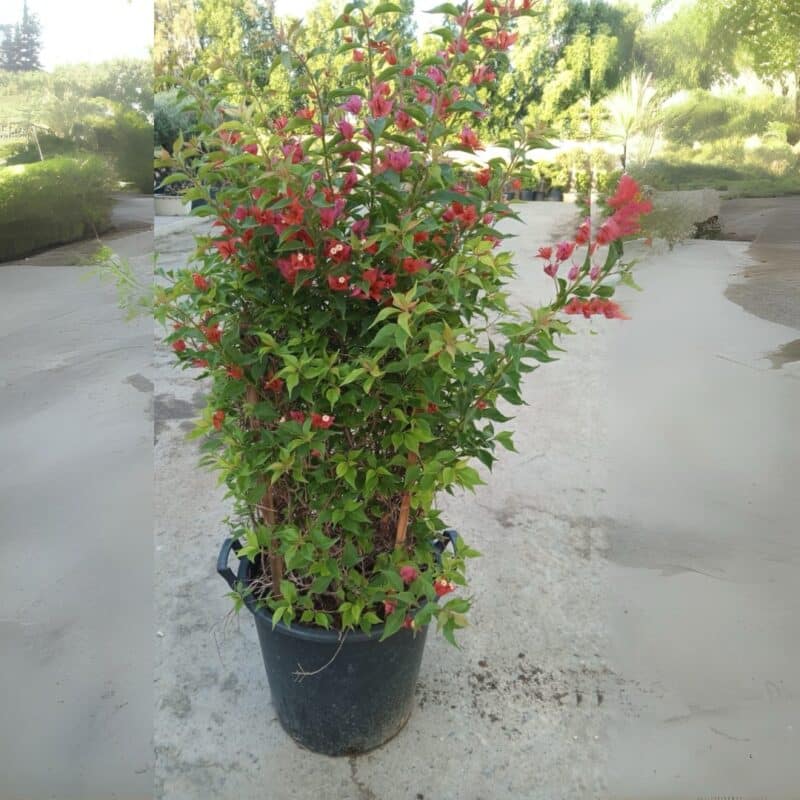





Shreya Roy Gupta –
Received today . Same like picture 👍
Adnoob –
Received, same picture and very healthy 🙌